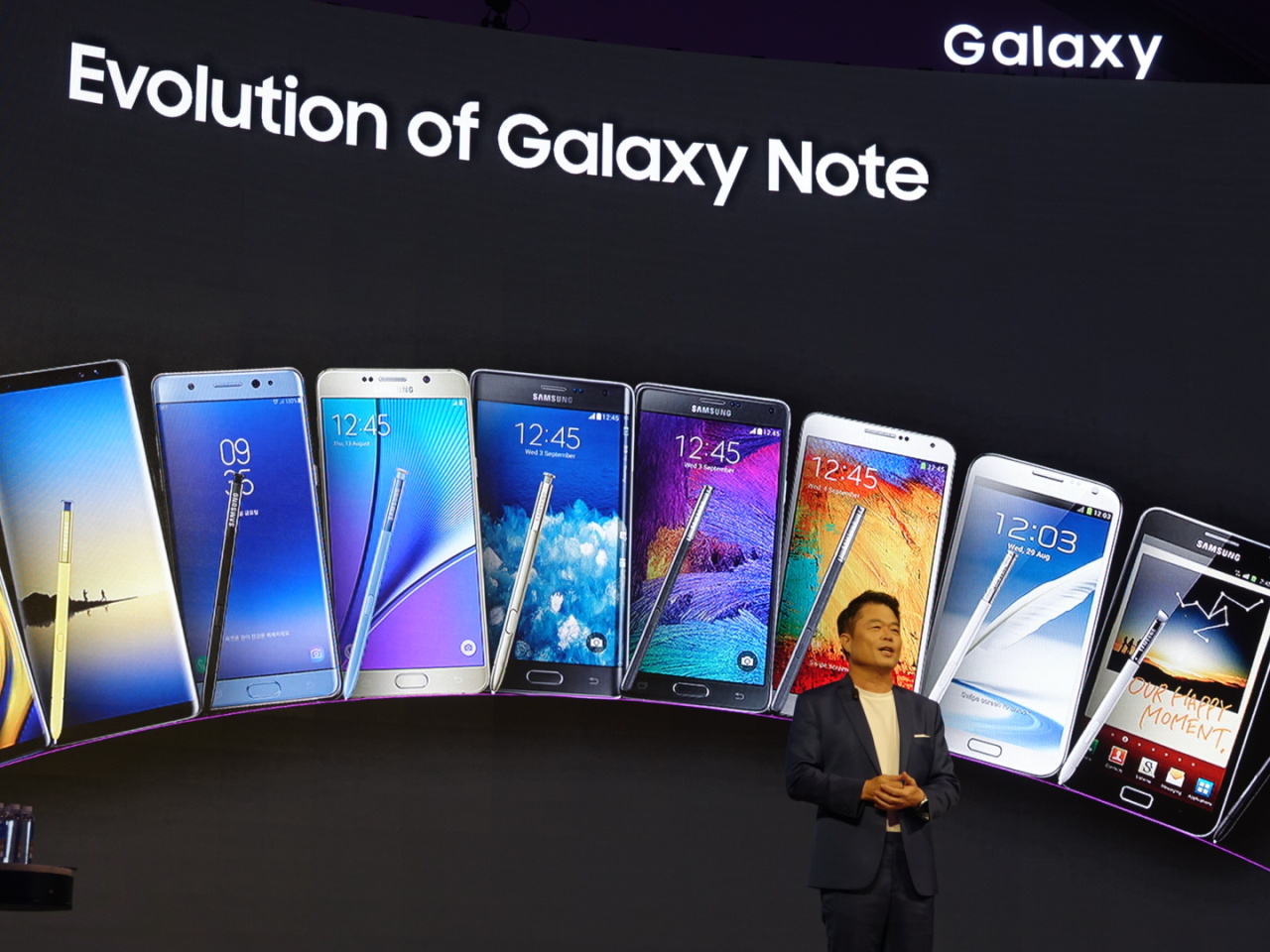The average debt-to-equity ratio of South Korean firms listed on the main bourse Kospi increased 4.44 percentage points from the end of last year, data released by the Korea Exchange and the Korea Listed Companies Association showed Monday, indicating higher degrees of debt financing and weakened financial health.
According to the data, 636 Kospi-listed firms saw their average debt ratios inch up 4.44 percentage points to 108.75 percent from the end of last year, as of late June.
 |
(Yonhap) |
Those in the non-manufacturing sector saw their debt ratios rise 12.1 percentage points to 152.6 percent, while the ratio for manufacturing firms rose 1.5 percentage points to 92.2 percent.
Overall, the combined debt of all firms listed on the Kospi increased 7.27 to 1,354.07 trillion won in the same period. The combined capital, meanwhile, only inched up 2.9 percent to 1,245.84 trillion won.
Of the 636 firms, 292 companies had a debt ratio greater than 1.0 or 100 percent, which means that a firm has more debt than assets. They accounted for 45.9 percent of the listed firms.
The rest had ratios of less than 100 percent -- having more assets than debt.
The debt-to-equity ratio is commonly used as a yardstick for measuring a firm’s leverage and financial health. A high ratio often indicates that a firm may be putting itself at risk of default on its loans if interest rates were to rise abruptly, implying greater financial risk.
The data comes after top South Korean firms reported lackluster earnings profit for the first half of the year while the local economy has been weighed on by risks stemming from Japan’s export curbs announced in July and the ongoing US-China trade war.
Samsung Electronics saw its operating profit drop 61.13 percent in the first half of 2019, while No.2 chipmaker SK hynix shed 83.93 percent in the same period. Both firms are listed on the Kospi.
By Jung Min-kyung (
mkjung@heraldcorp.com)








